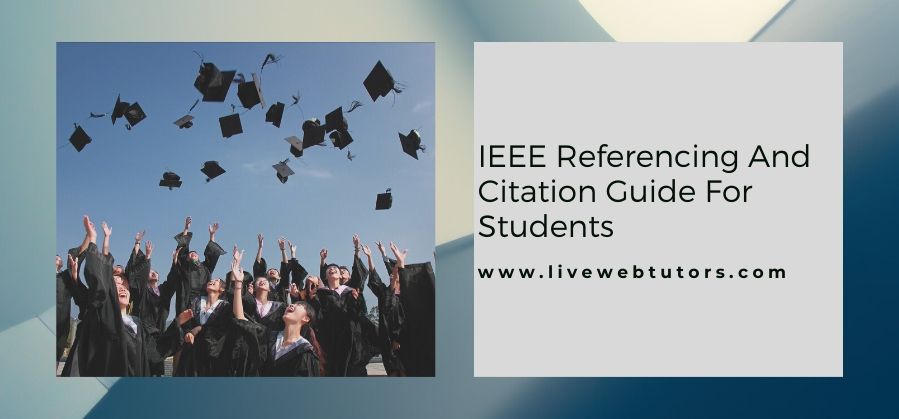

Comprehensive papers are a valuable part of any student's academic life. Writing a dissertation, thesis, or research paper is not an easy task. Students often use references and inspirations from previously published journals, books, articles, etc. to successfully integrate their ideas into the paper. The inability to provide a connected string of facts and quotations in support of the current argument made will make the paper appear insubstantial. In order to maintain this balance, comprehensive papers draw on the ideas, research, and words of other writers. However, it is important to tell the readers that the information you've provided is derived from which typical sources (textbooks, manuals, articles, or journals) so that they can easily locate those sources if required. This also ensures that your work is original and not plagiarised in any sense. The process of acknowledging the sources is known as citation and referencing.
Citation is defined as a way to tell the readers where the information actually came from. A student usually cites or refers to the source of information in his writings.
Referencing is defined as the way in which a student provides the details about a source to the readers so that they have a good understanding of what kind of source it is and could locate the source themselves if necessary.
Citation and referencing allow a student to appreciate the contribution of other authors and researchers in their area and the subject of study. It is a way to give credit and respect the intellectual property rights of those from whom you've borrowed insights and concepts for your own paper. When you're writing a manuscript or research paper for technical fields, such as electronics or computer science, citations and references are added according to the style and format approved by IEEE. The Institute of Electrical and Electronics Engineers or IEEE is an organization that supports the use and innovation of advanced technology to benefit mankind. IEEE is well known for its continuous support of technical professionals. For a researcher in the technical field, IEEE citations and references are very important.
The documents produced in the study area of telecommunications, information technology, computer science, engineering, and electronics follow the IEEE citation style for making the comprehensive paper more persuasive.
Following this style of referencing and citation will help the reader to identify the source of information easily. Here are a few examples of the most common type of citations and references used in the comprehensive work developed by the academicians
It is important to remember that each reference is bracketed separately and can stand alone. This is the generally preferred format but some publications or universities can alter this format according to their preference. So it is advised to check the guidelines before writing your comprehensive document.
Note that if your reference has more than two authors, it is not necessary to mention the full names of all of them. You can use et al. instead to list all the names. Often you might need to add et al in italics case, so carefully check the guidelines of your publication and university while using this format.
Using antibacterial soap and wipes is not effective during winter as determined in [2].
Smith, Jones, and Jackson can be cited as Smith, et al. [7].
This is just a sneak peek at what needs to be done when you mention references in your technical writeups. Make sure that you check the requirements of your department at university or the publication house to ensure accuracy in your referencing style.
Read More- TIPS FOR STUDENTS WHO HATE SCHOOL